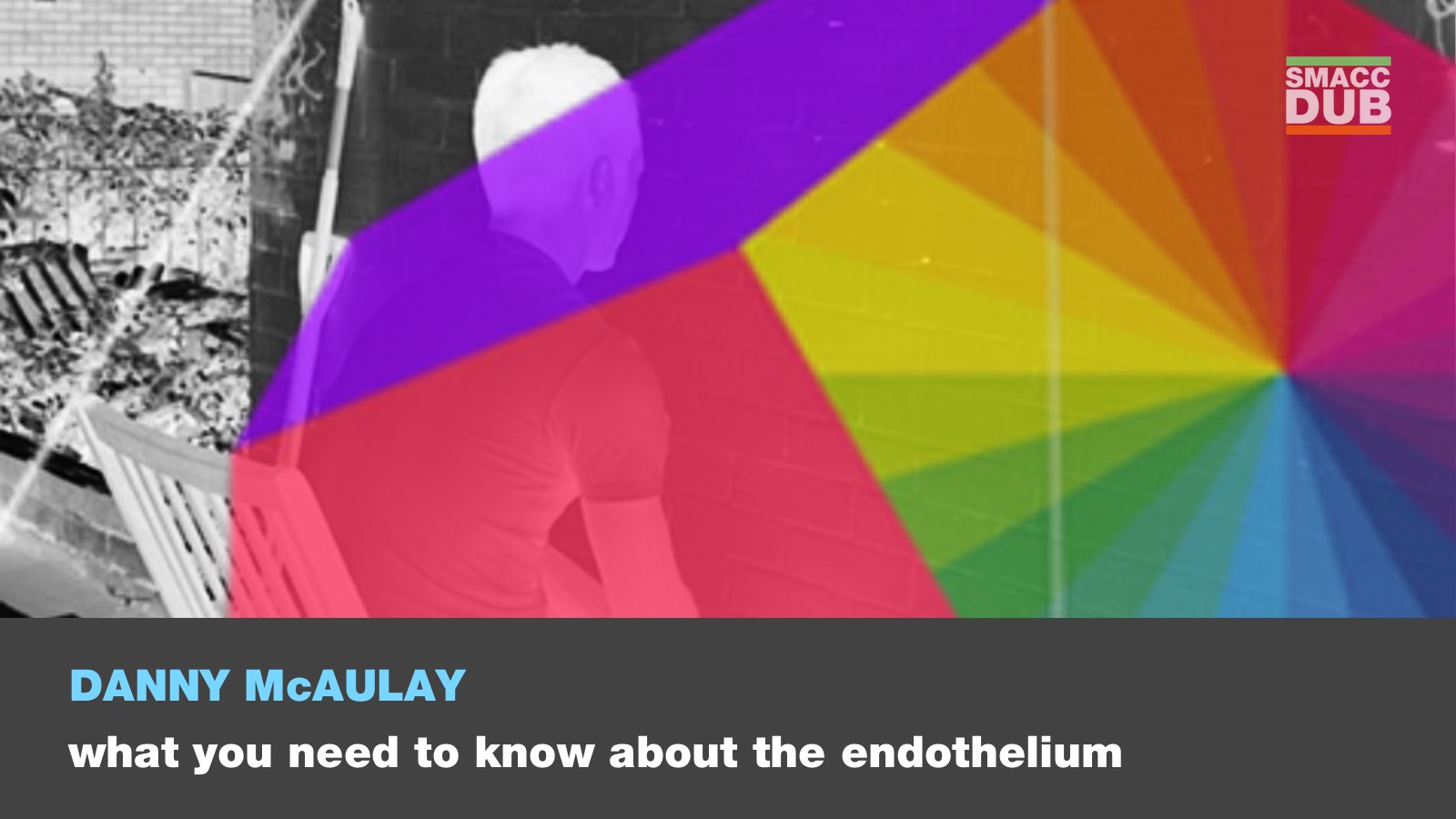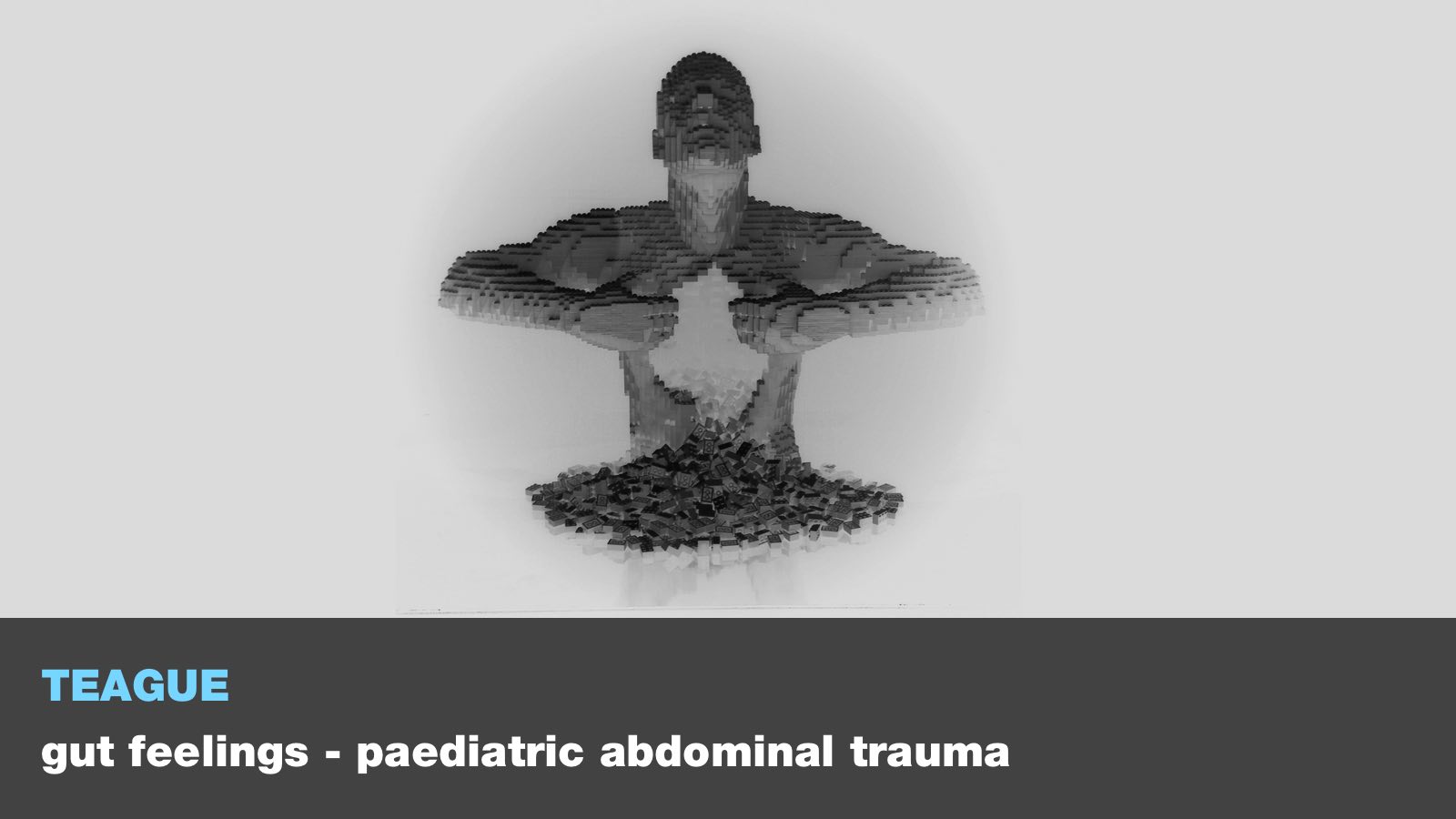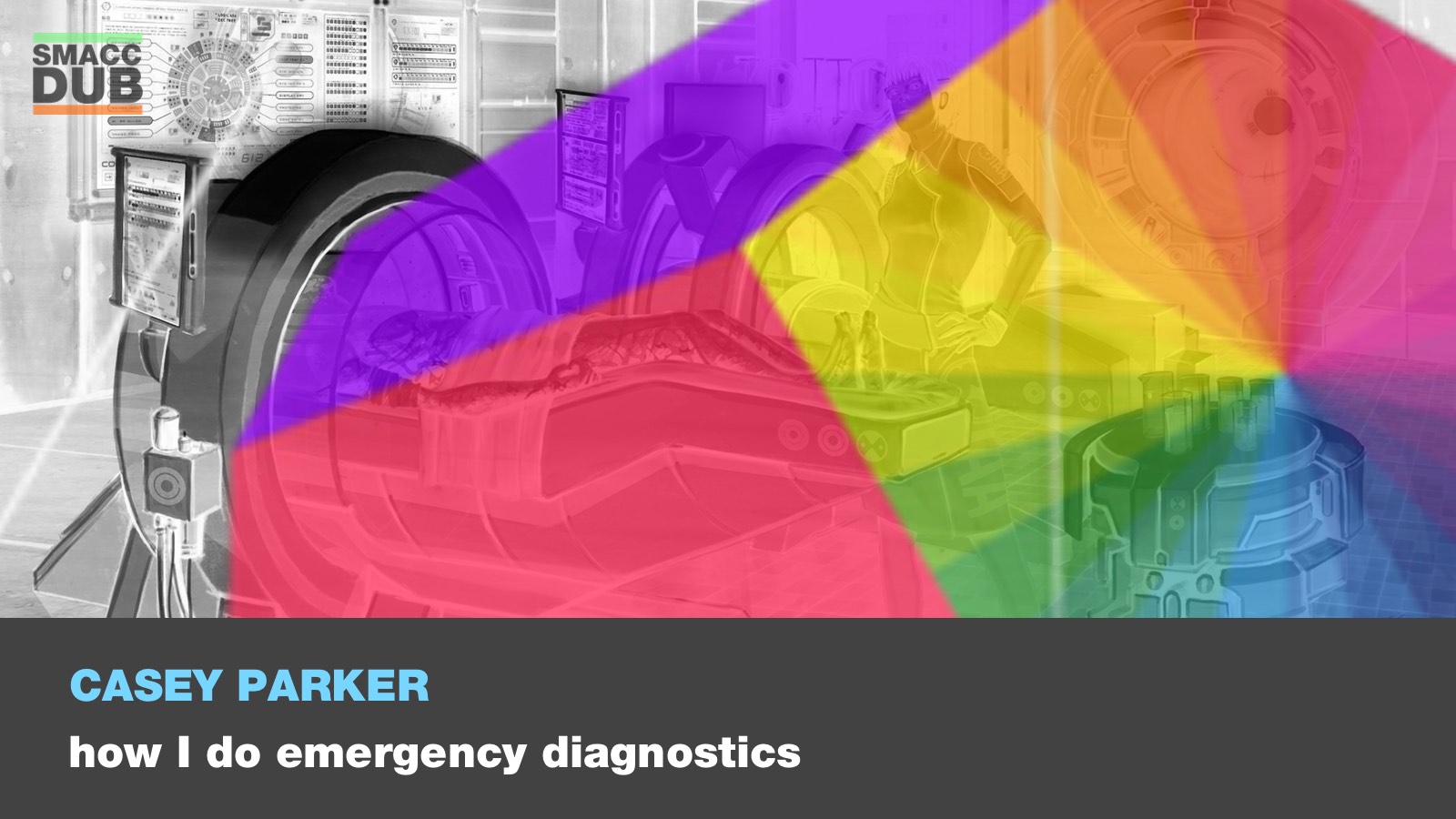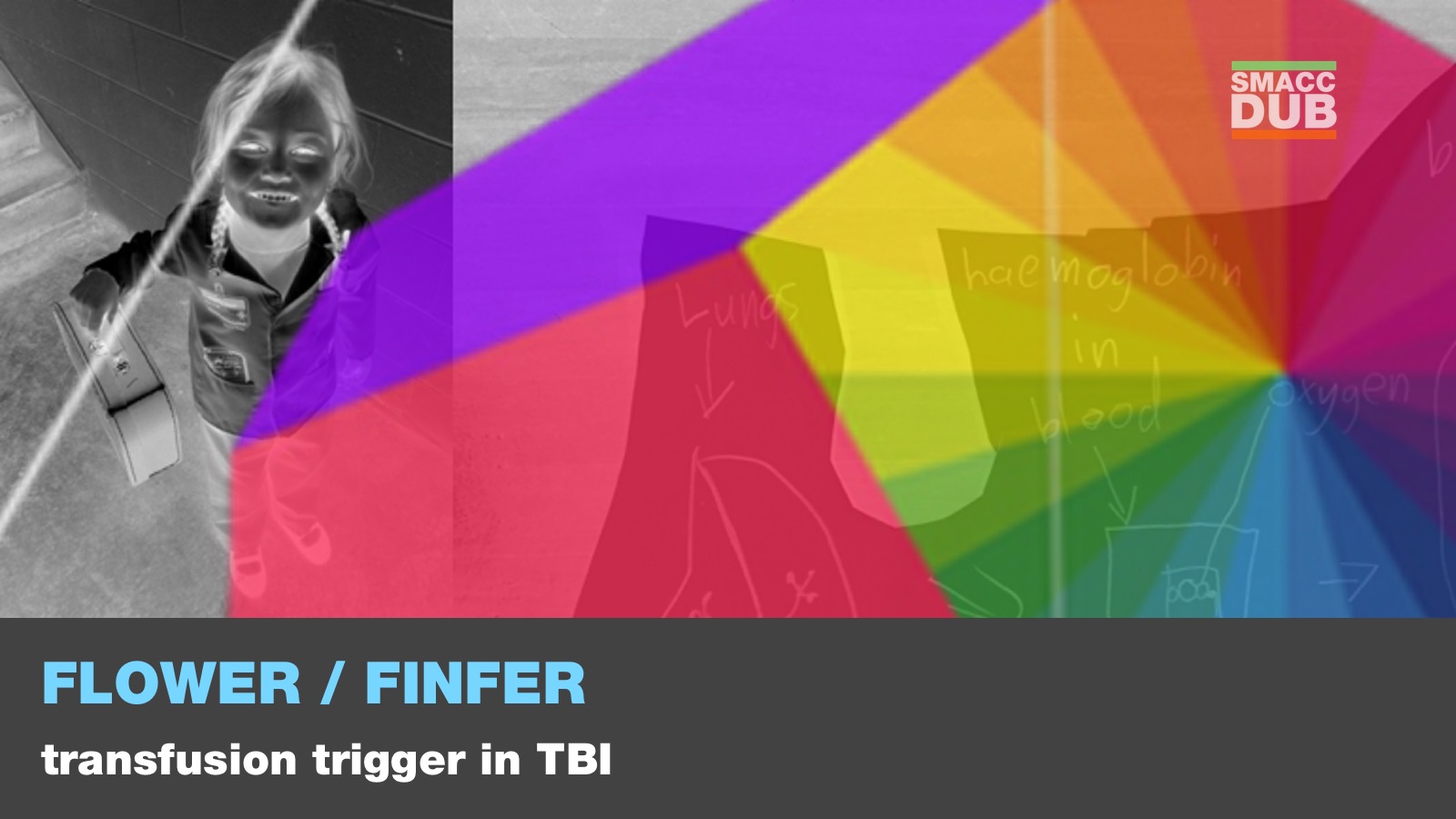Bad Blood
Summary by: Deirdre Murphy
Critically ill patients frequently have activation of inflammatory and clotting pathways. These are likely adaptive responses in the human. When they run riot or the fine balance between pro- and anti-inflammatory states is shifted however there can be significant morbidity and mortality. This acronym-busting talk will focus on some acquired haematological disorders in critically ill patients. Disseminated Intravascular Coagulation (DIC) is a clinical and laboratory diagnosis that affects about 1% of hospitalised patients. At the most severe end it is associated with bleeding and/or thrombotic complications. Disorders such as thrombotic thrombocytopenia purpura (TTP) and other forms of micro-angiopathic hemolytic anemia (MAHA) will also be described including the role of ADAMST13. HIT is an uncommon but important conditions which is difficult to diagnose in a critically ill patient. An approach to HIT is discussed. Have you always wondered about NETs (neutrophil extracellular traps) and their importance? If so this whistle-stop tour of non-malignant hematology in the ICU is for you!








